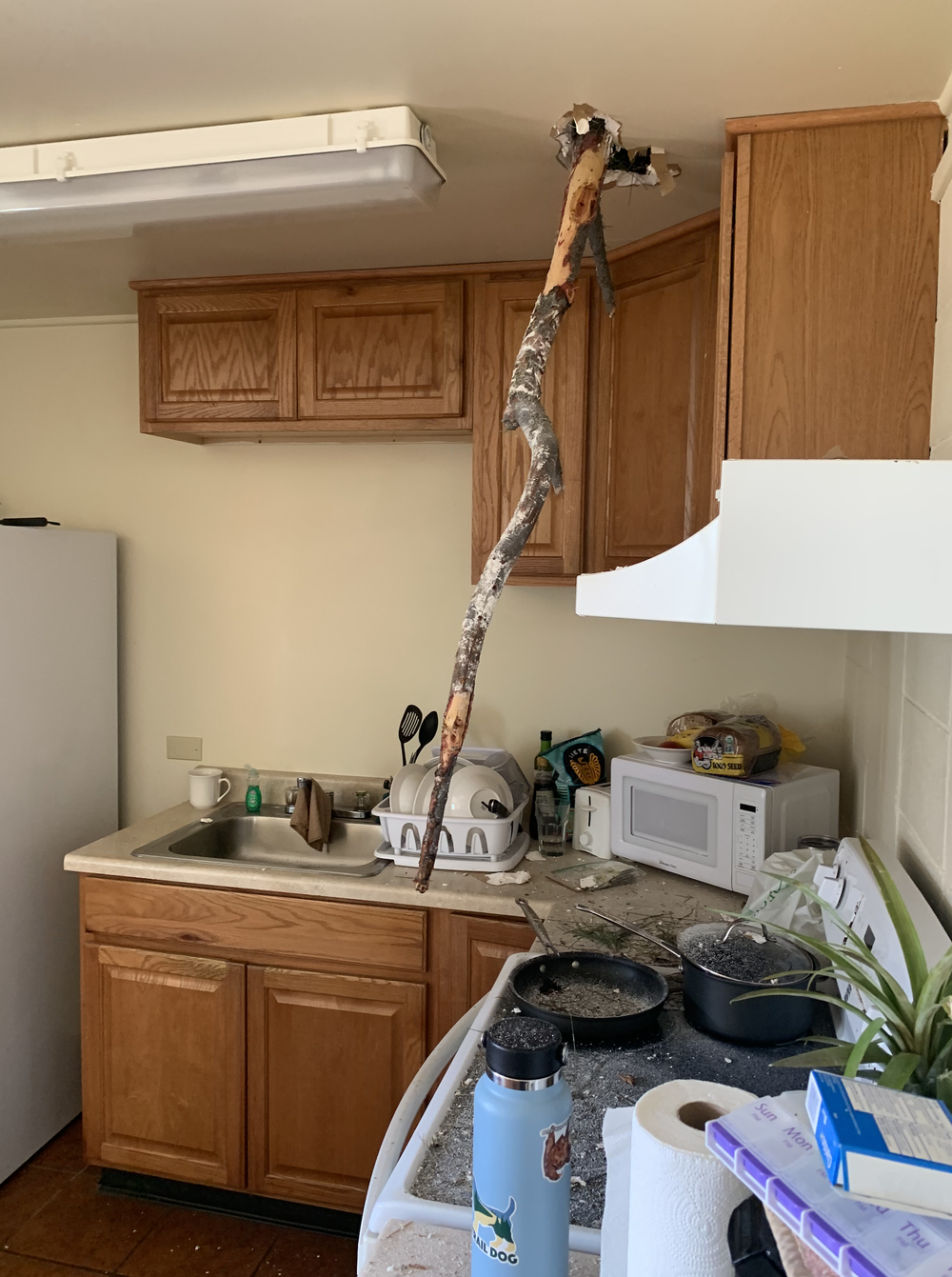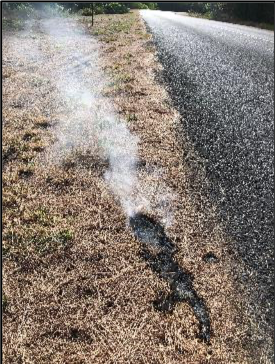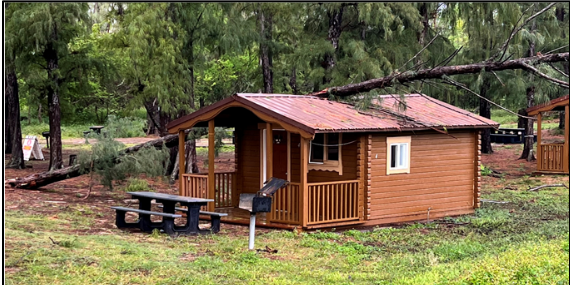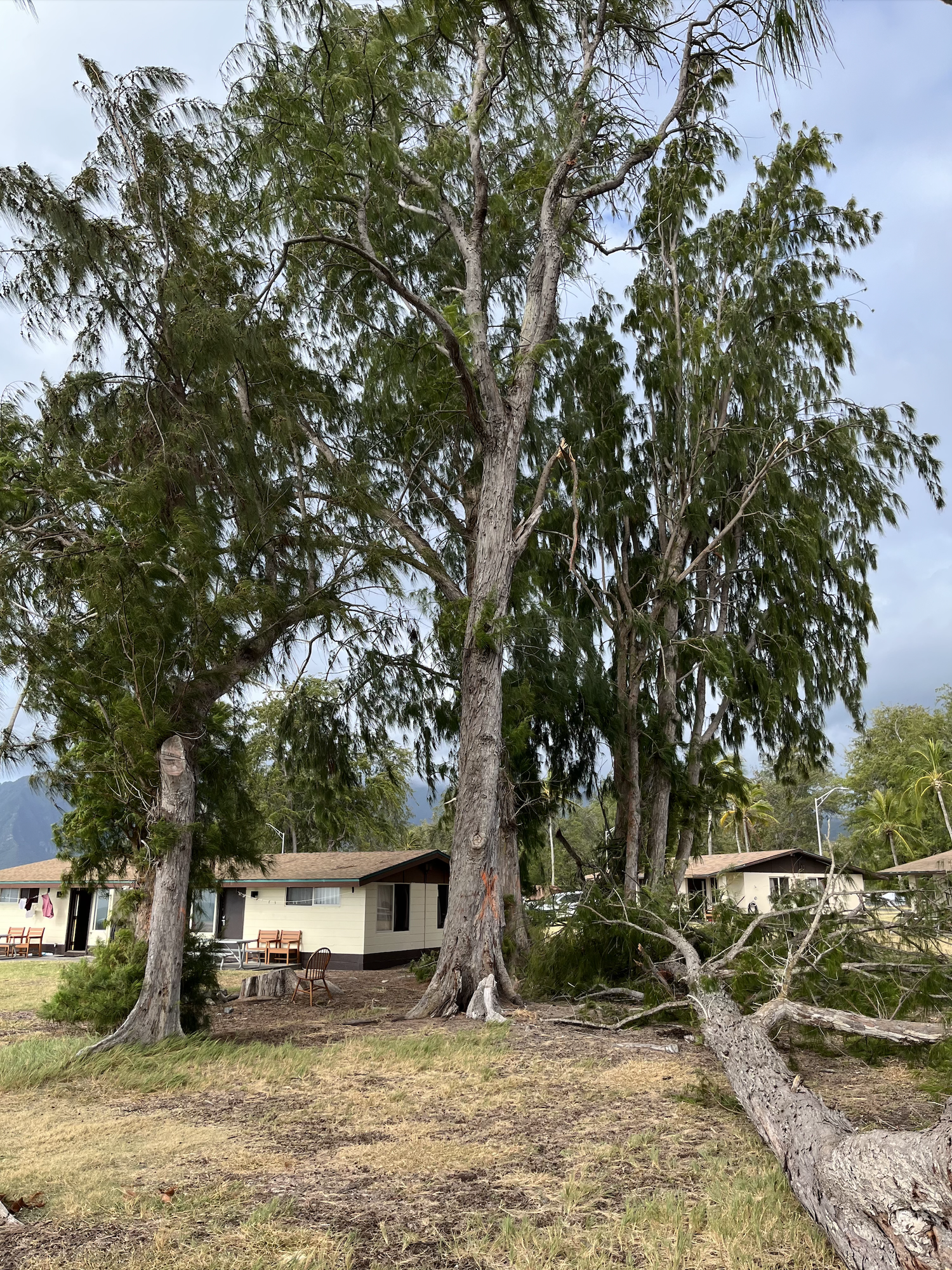WHY IS BELLOWS AIR FORCE STATION CUTTING DOWN IRONWOOD TREES?


IRONWOOD TREE HISTORY
Ironwood trees (Casuarina equisetifolia) were originally planted in Hawaii in the 1870’s to act as temporary windbreaks for road construction and protection for native vegetation establishment. They were an ideal plant to use due to their fast-growing capabilities. Ironwoods will reach their maximum height of 80-100 feet in 20 years, but they only have a life span of 40-50 years. Many have been present here for 60+ years.


SAFETY
Safety is the primary concern at Bellows Air Force Station (BAFS). Ironwood trees have a very low resistance to wind, causing these trees to be easily damaged during high-wind events, and generally toppling over because of their shallow root system. They will also develop cracks and scars that will weaken them over time.
Once they reach their maximum age, and sometimes before, Ironwood trees become susceptible to internal rot that can’t be seen until the tree falls or is cut down.
Once established, ironwood trees can inhibit the growth of all other vegetation by forming dense stands that suffocate other flora under a heavy blanket of needle-like litter due to its allelopathic (soil nutrient killer) qualities. This needle-like litter is very dry and can be easily ignited by an accidental drop of hot coals or careless tossing of a cigarette butt.
BAFS has cut many trees during the past year. Many appeared healthy from the outside but were very rotten on the inside. In July 2023 one of these trees dropped a large limb in a campground area revealing a large, decayed cavity inside the trunk. BAFS Civil Engineering cordoned off the area and cut down the tree for safety reasons. BAFS is removing the older ironwood trees around campgrounds and urban areas to aid in the safety of our guests and visitors.

DUNE RESTORATION
Since 2012, BAFS has been working to restore dunes and reverse the effects of hardened shoreline. The first step was to remove the Ironwood trees from the coastal area to allow the establishment of native plants that help to capture sand, build up the coastline, and mitigate erosion.
The project has worked so well, that other groups around Hawaii that manage coastlines (Sustainable Coastlines) have requested to see and mimic our process. Anyone that has been visiting BAFS for years can see firsthand that dune restoration works. Broader implications include the establishment of large areas of native out-planted healthy dunes that will naturally “seed” adjacent coastal sites.

MOVING FORWARD
BAFS is developing plans to continue out-planting species that benefit the lands, people, and visitors of Hawaii. So please keep an eye on our beaches and inland areas as native groundcovers such as ‘Aki‘aki, ‘Ākulikuli, ‘Āweoweo, Hinahina kū kahakai, ‘Ilima papa, ʻŌhelo kai, Pā‘ūohi‘iaka, Pōhinahina, and Pōhuehue continue to spread. You will also see native shrubs and trees start to establish themselves like ‘Ūlei, ʻIliahi aloʻe, Naupaka kahakai, Beach Heliotrope, Kou, Hala, Kamani, and Loulu.